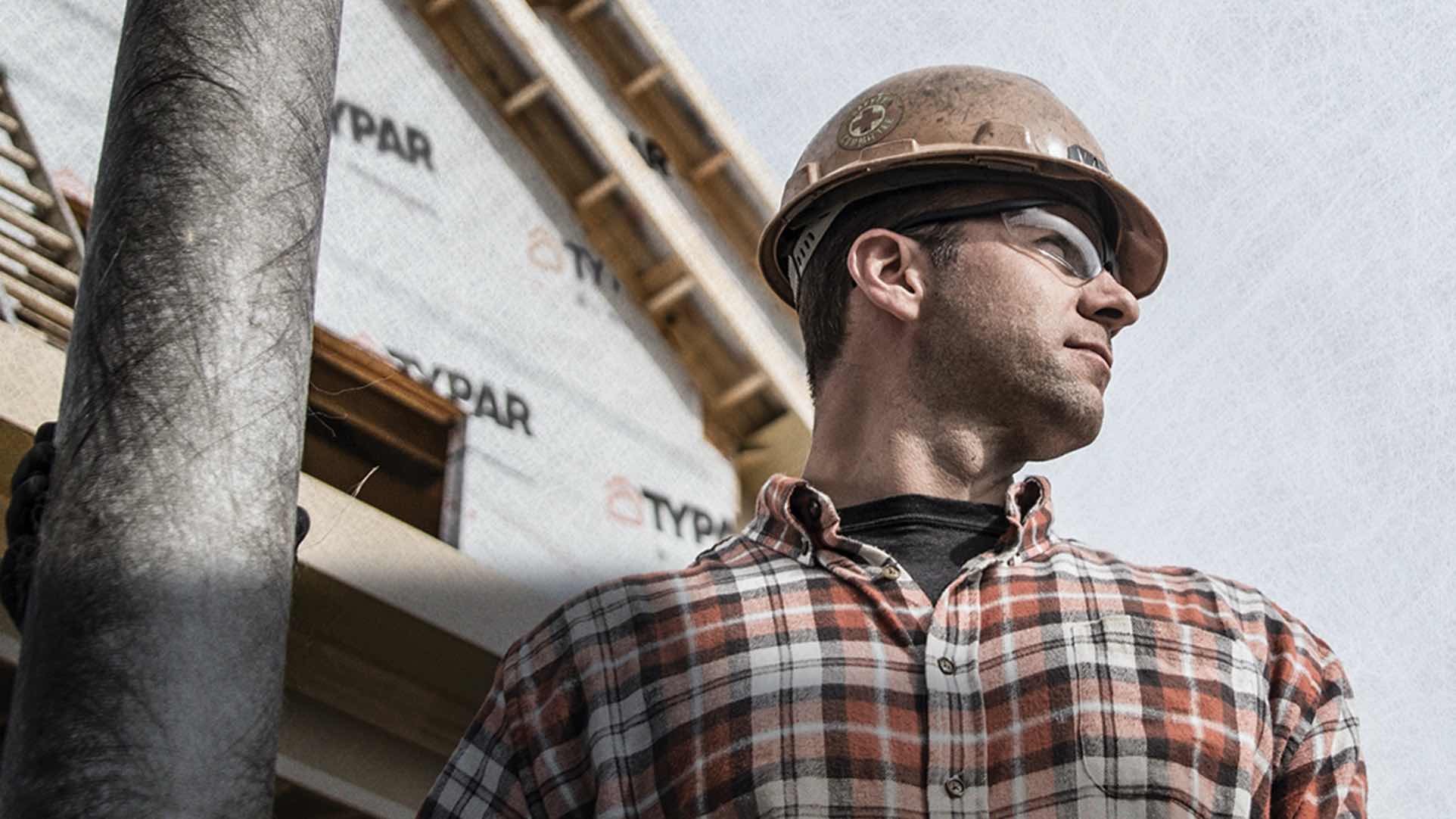
It is important to establish a continuous air barrier for several reasons. As an air barrier isolates the indoor environment, it plays a major role in the overall energy efficiency, comfort, and indoor air quality (IAQ) of a building. According to the U.S. Department of Energy (DOE), up to 40 percent of the energy used to heat and cool a building is consumed due to uncontrolled air leakage. Establishing a continuous air barrier reduces heating and cooling costs, thereby lowering greenhouse gas (GHG) production. An air barrier is defined as a material or system of materials designed to control airflow between conditioned and unconditioned spaces. It serves as the primary air enclosure boundary separating indoor and outdoor air. In multi-family construction, the air barrier system also separates the conditioned air from any given unit and adjacent units. Air barriers also typically define the building enclosure’s pressure boundary. Numerous materials can achieve the ASTM air leakage requirement, but this does not necessarily mean they will perform in the field once installed as part of a system. The question becomes whether the material will be able to hold up to the rigors of the jobsite and installation. After all, an air barrier’s performance is defined by its weakest link–and it only takes one tear or unsealed connection to compromise the entire system’s integrity. Historically, wood-pulp-based building paper was the most commonly used material for weather-resistant barriers, but tends to tear easily and is not very durable. In the 1970s, plastic building wraps made of polyethylene or polypropylene fabric began gaining popularity for their durability and ease of installation—and these remain reliable options. Plastic building wraps are typically either woven or nonwoven—an important difference when it comes to specifying an air barrier. Woven polypropylene with slit-film perforated coating typically offers two months of UV resistance, but most types do not meet ASTM requirements for air-barrier materials and are not surfactant-resistant. That said, spun-bonded polypropylene with a microporous coating, on the other hand, often meets ASTM requirements set for air barriers, is resistant to surfactant chemicals, and offers six months UV exposure resistance. Depending on the type of cladding to be installed over the wrap, and how long the wrap will be exposed to the elements before the cladding’s installation, these additional durability benefits may be important. The use of air barriers in commercial construction is growing, driven by advances in building codes and increased awareness of their ability to support sustainable, comfortable buildings. However, not all air barriers are equal in performance or design, and there is not one solution suitable for all climates, regions and project conditions. Understanding how air-barrier materials and systems are evaluated, and knowing their performance characteristics, helps design professionals find the right solution for their project. Approaching air barriers from a holistic view and evaluating the entire system—rather than just an individual material—results in a tighter and far more durable enclosure that can stand the test of time.